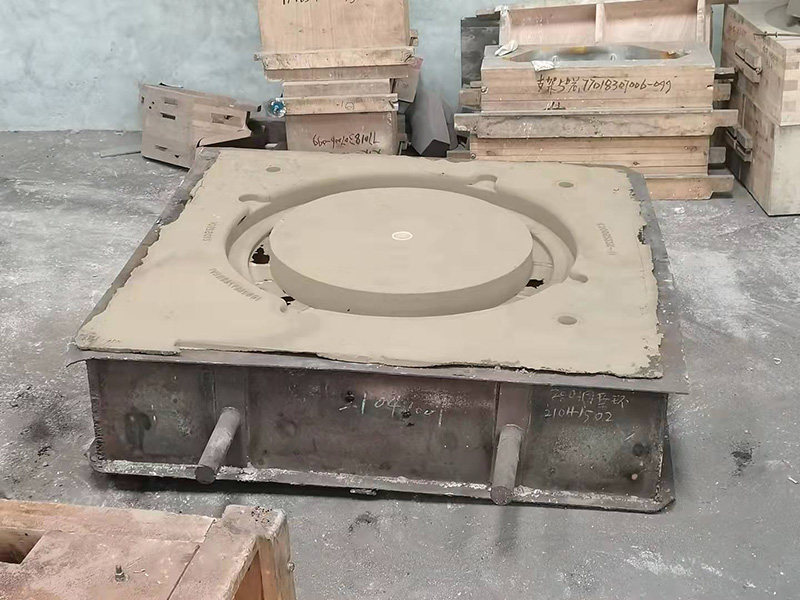Sanding Resin 3D Prints A Comprehensive Guide
3D printing technology has revolutionized the way we create and fabricate objects, offering both hobbyists and professionals the means to produce highly detailed prototypes and end-use parts. Among various printing technologies, resin 3D printing stands out due to its ability to deliver exceptional surface quality and intricate detail. However, post-processing, particularly sanding, is often required to achieve a smooth, professional finish. This article explores the techniques and benefits of sanding resin 3D prints.
Understanding Resin 3D Printing
Resin printing, also known as Stereolithography (SLA) or Digital Light Processing (DLP), utilizes liquid resin cured by a light source to build up objects layer by layer. This method excels at producing finely detailed parts with smooth surfaces straight out of the printer. However, depending on the printing settings and the type of resin used, some prints may have visible layer lines or rough textures that detract from the overall appearance.
Why Sanding is Necessary
While resin prints can look great immediately after printing, they often require sanding to enhance their aesthetic appeal and tactile quality. This is particularly important for models intended for display or those used in professional settings. Sanding helps to eliminate print lines, smooth out surfaces, and prepare the object for painting or other finishing techniques.
Techniques for Sanding Resin Prints
1. Preparation Before sanding, ensure the print is fully cured. Improperly cured prints can become sticky or deform during sanding. Wear gloves to handle the prints as uncured resin can be harmful to skin.
sanding resin 3d prints

2. Materials Needed - Sandpaper of varying grits (start with a lower grit, e.g., 100-200, to remove large imperfections, and finish with 400-1000 grit for a smooth surface). - A sanding block or sponge for better control. - Water (for wet sanding which minimizes dust and helps achieve a finer finish).
3. Sanding Process - Start with coarse sandpaper to tackle any major imperfections or layer lines. Sand gently and evenly to avoid gouging the surface. - Progressively move to finer grits to refine the surface and achieve a smooth finish. Wet sanding can be particularly effective with resin, as it reduces dust and helps in achieving a polished look. - Regularly check the surface to avoid over-sanding, which can weaken the part or remove intricate details.
4. Cleaning Up After sanding, clean the print thoroughly to remove any dust or debris. You can use a soft brush or compressed air. Following this, it may be beneficial to wash the print with isopropyl alcohol to remove any leftover resin particles.
5. Post-Finishing Once sanding is complete, you can apply primer, paint, or other finishing products depending on your project’s requirements. Sanding provides a better surface for these applications, ensuring a more professional-looking end result.
Benefits of Sanding
Sanding resin prints not only enhances their visual appeal but also improves their tactile quality. A well-sanded print can feel more polished and professional, leading to greater satisfaction for both creators and their audience. Furthermore, this post-processing step can significantly increase the print's durability by removing sharp edges and ensuring a more uniform surface.
Conclusion
Sanding resin 3D prints is an essential step in the post-processing phase for achieving a refined and aesthetically pleasing final product. By employing the right techniques and materials, hobbyists and professionals alike can transform their prints from simple models into impressive pieces of craftsmanship. Whether for display, prototyping, or functional use, investing time in sanding can greatly elevate the quality of resin 3D prints.
Post time:10 月 . 03, 2024 12:19
Next:3D друк піскових форм для литва інновації в промисловій технології Україні
